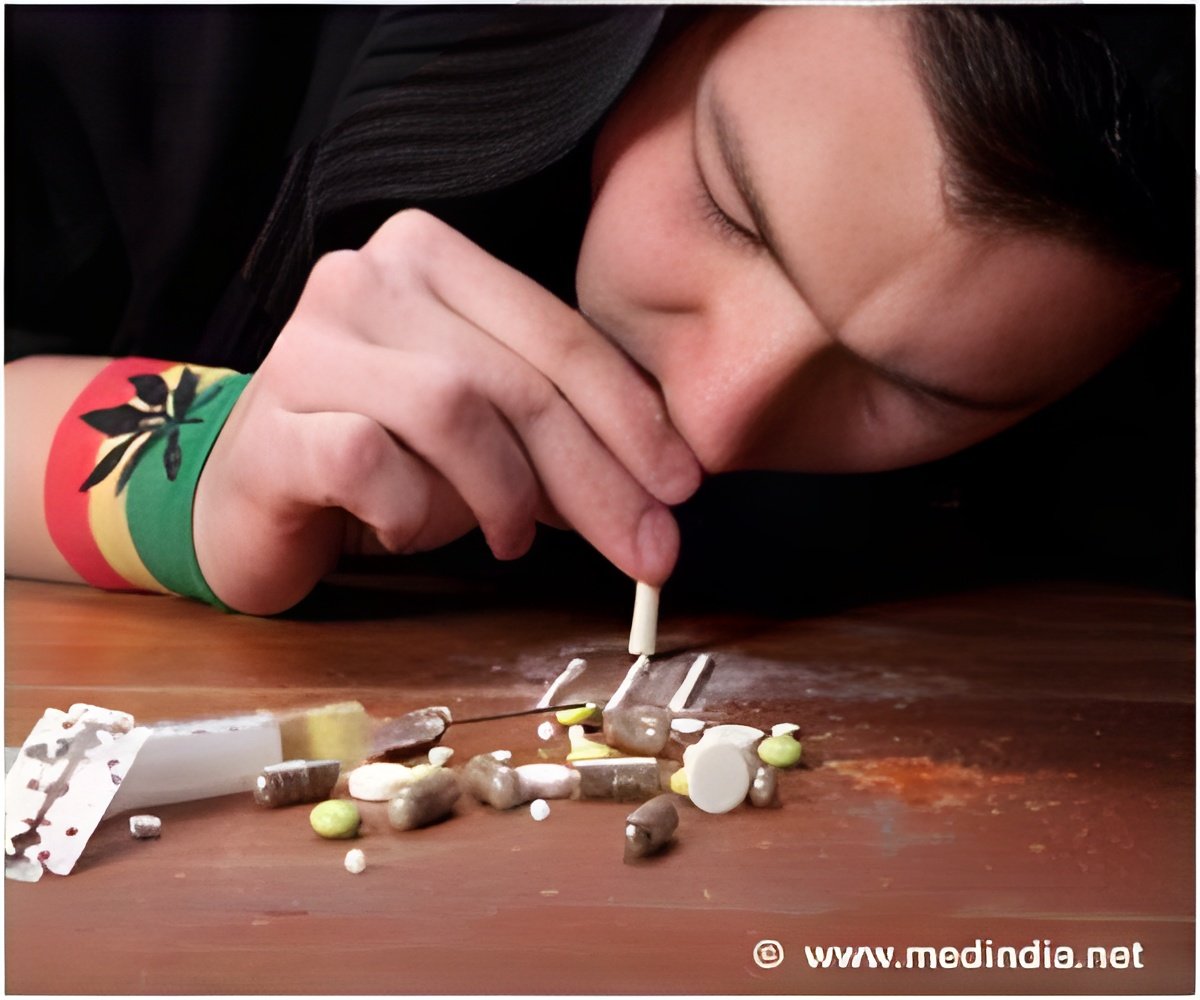
The Scripps Research Institute (TSRI) Associate Professor Tobin J. Dickerson, who was co-senior author of the study said that it doesn’t mean that flakka use is safe and in their data show that flakka is as potent as MDPV, making it a very good stimulant, arguably with worse addiction liability than methamphetamine.
For the study, the research team used a standard animal model of addiction potential in which rats are trained to press a lever to infuse themselves intravenously with small doses. As expected for an addictive stimulant, the rats tended to press the drug-delivery lever more and more in each one-hour session as 20 daily sessions progressed. When the researchers increased the number of lever presses required to get another dose, the animals kept pressing for up to hundreds of presses per dose.
Michael A. Taffe, an associate professor at TSRI, said that they commonly think of drug addiction as making the drug more important than anything else in the user’s life, but they haven’t had good rodent models of that and the animals will almost always respond more to food and tasty flavors, for example, than drugs.
Remarkably, a subset of the rats didn’t increase their MDPV intake gradually, but went from occasional sampling to bingeing on as much as they could get during the session.
MDPV is related to cathinone, a natural stimulant found in the khat leaves traditionally chewed in Northeast Africa and Arabian Peninsula regions, but it also shares structural similarity to methamphetamine and MDMA. Originally developed as a potential pharmaceutical stimulant by Boehringer Ingelheim chemists in the 1960s, MDPV re-emerged as a recreational drug within the past decade.
Advertisement
The study is published online ahead of print in the journal Psychopharmacology.
Advertisement











